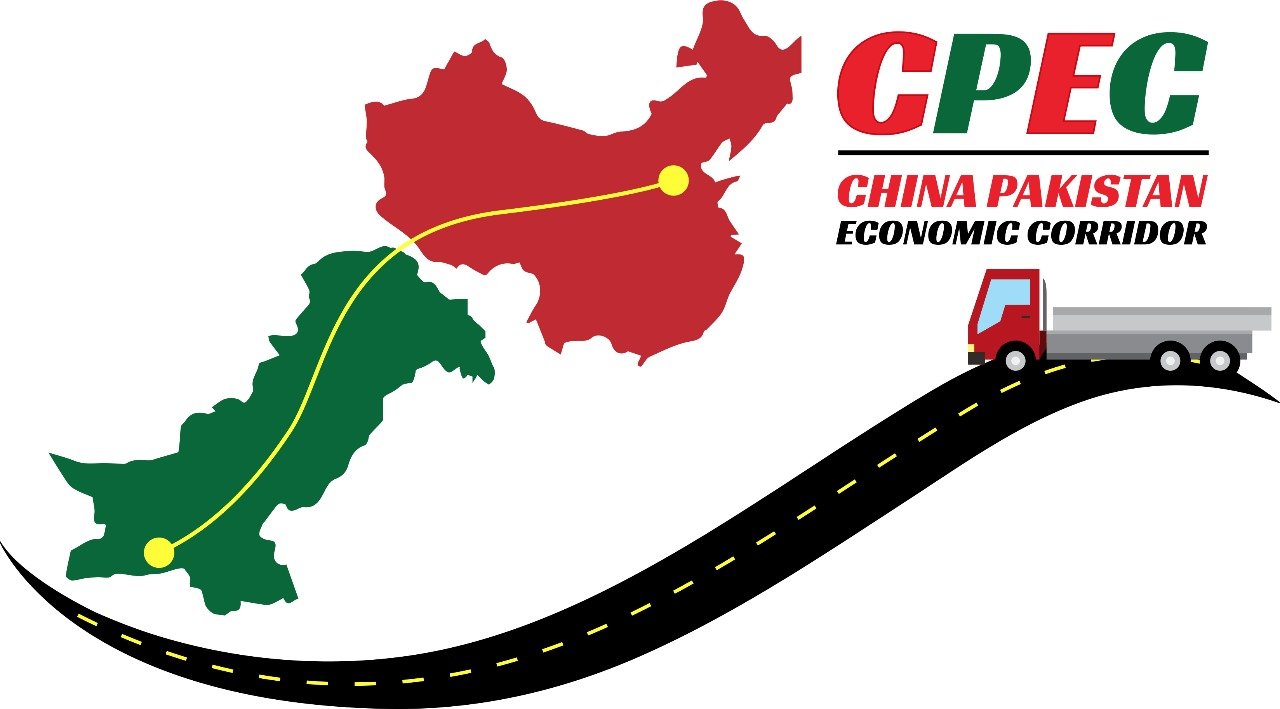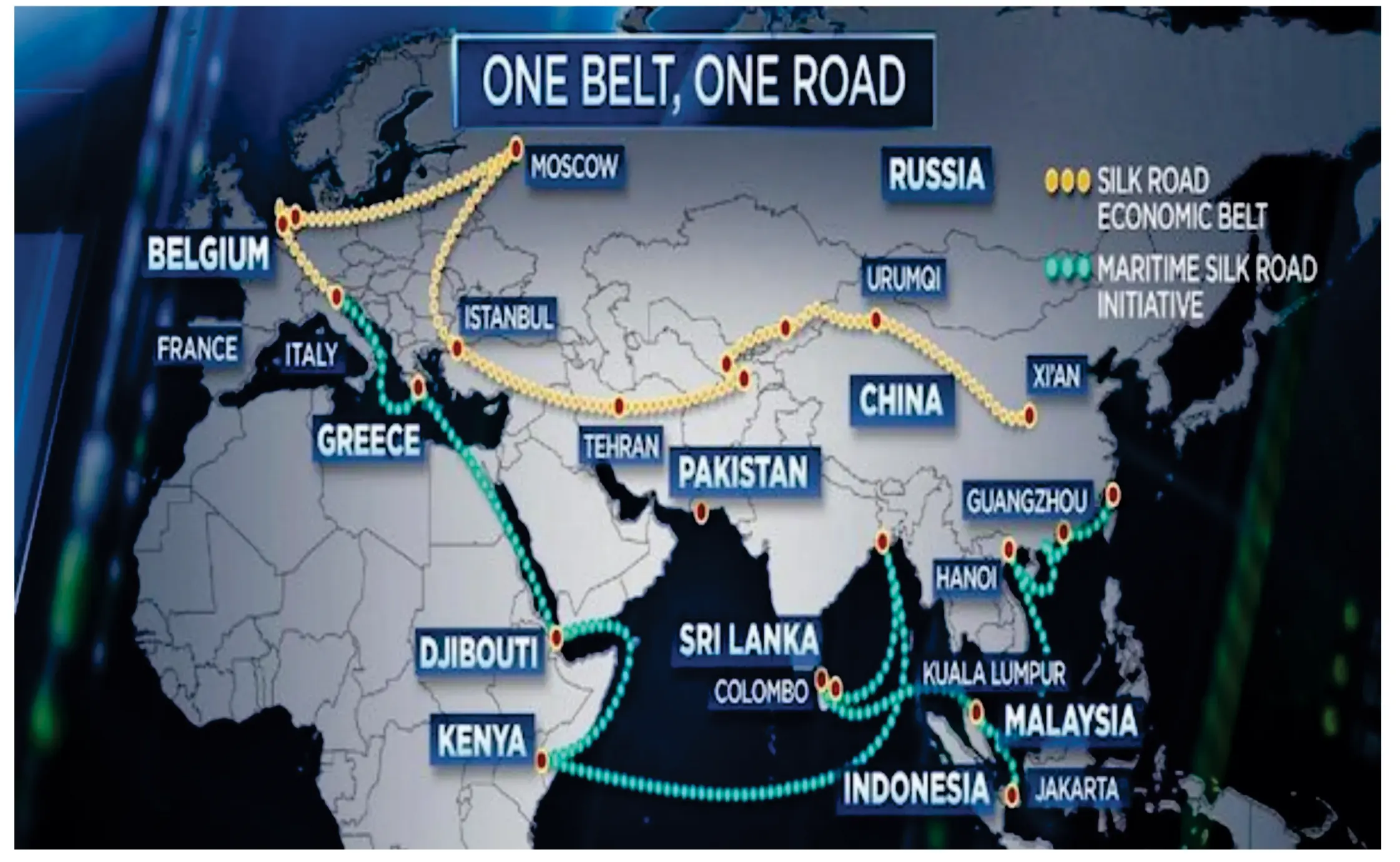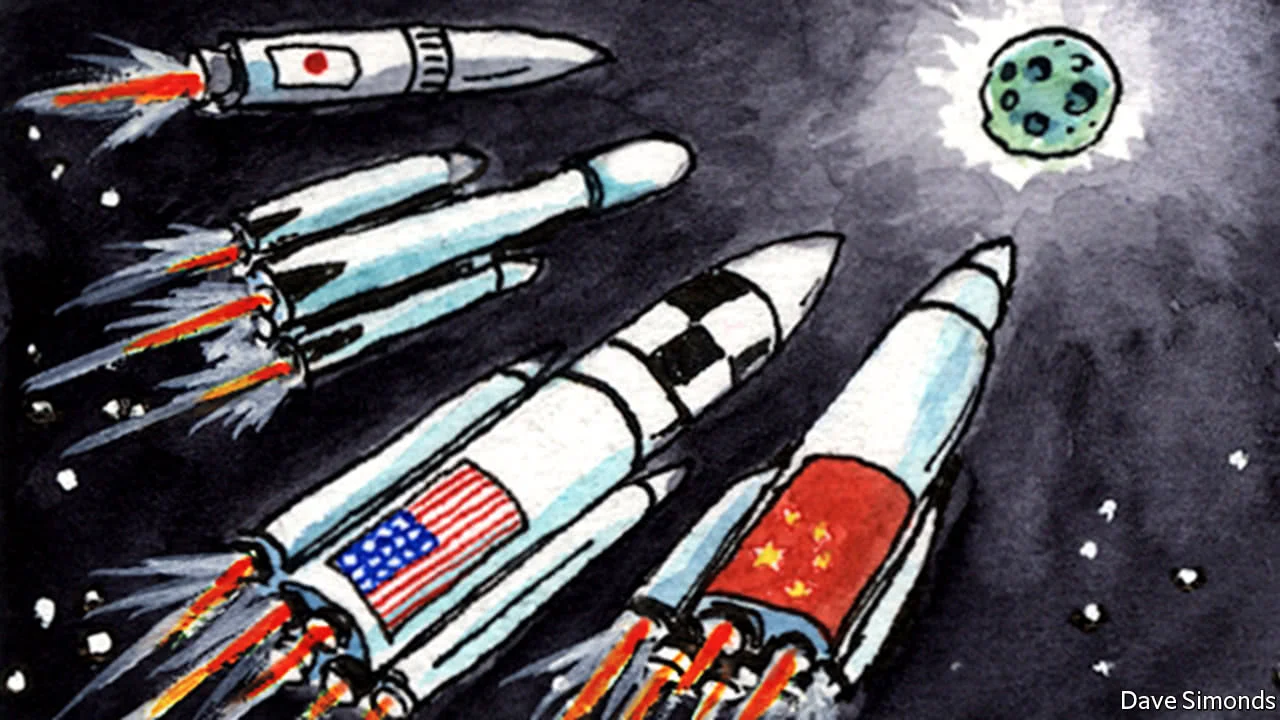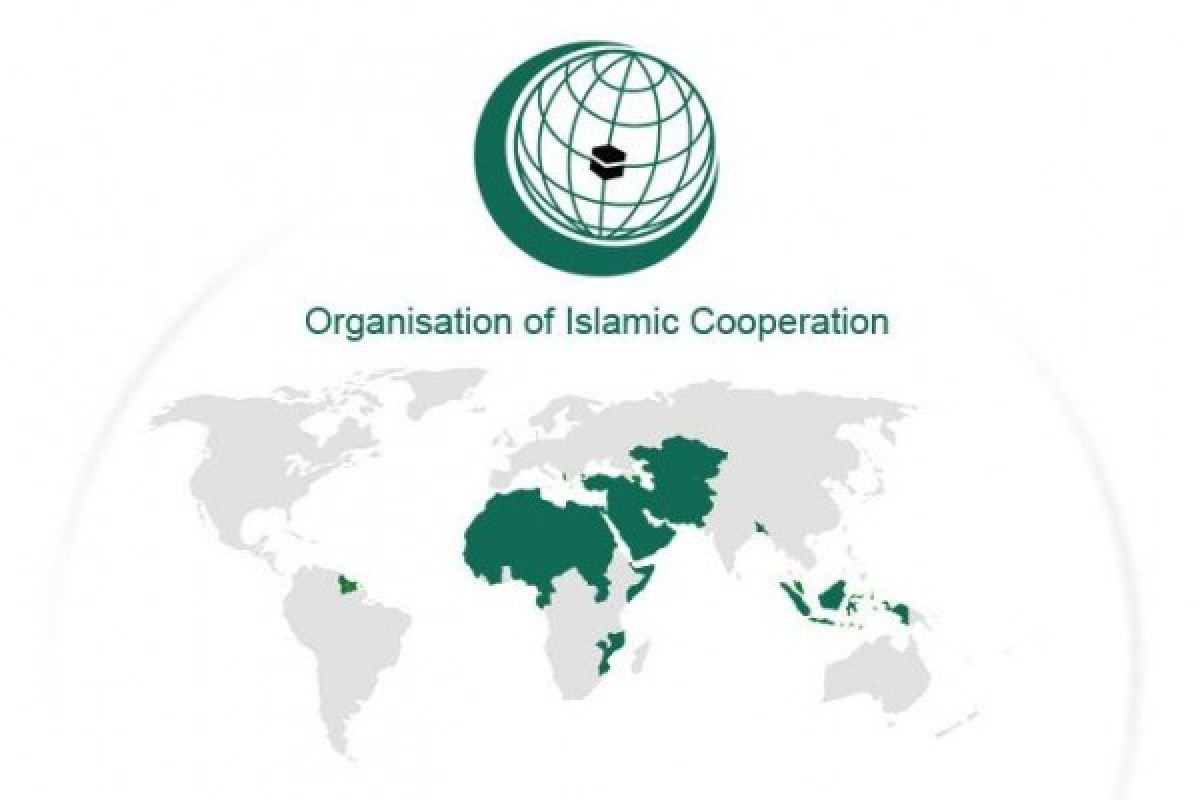
Global warming, driven by the increasing concentration of greenhouse gases in the atmosphere, poses a significant threat to Pakistan, a country highly vulnerable to climate change impacts. Here’s a detailed look at the impacts:
- Extreme Weather Events:
Heatwaves: Pakistan is experiencing more frequent and intense heatwaves, leading to heatstroke, dehydration, and increased mortality, particularly among vulnerable populations.
Floods: Melting glaciers and heavier monsoon rainfall increase the frequency and intensity of floods, causing widespread damage to infrastructure, crops, and livelihoods, and displacing millions.
Droughts: Changing rainfall patterns and rising temperatures are contributing to more frequent and severe droughts, impacting agriculture, water availability, and food security.
- Water Scarcity:
Glacial Melt: Pakistan relies heavily on glacial melt for its water resources. Accelerated melting of glaciers due to global warming threatens long-term water availability, impacting irrigation, hydropower generation, and drinking water supplies.
Sea Level Rise: Rising sea levels threaten coastal communities and infrastructure, leading to salinization of groundwater and displacement of populations.
- Agricultural Impacts:
Reduced Crop Yields: Heat stress, droughts, and floods damage crops and reduce yields, impacting food security and livelihoods of millions dependent on agriculture.
Livestock Impacts: Heat stress and water scarcity affect livestock health and productivity, impacting the livelihoods of pastoral communities.
- Health Impacts:
Heat-Related Illnesses: Increased frequency and intensity of heatwaves contribute to heatstroke, dehydration, and other heat-related illnesses.
Waterborne Diseases: Floods and stagnant water create breeding grounds for disease-carrying mosquitoes, increasing the risk of malaria, dengue fever, and other waterborne diseases.
- Economic Impacts:
Damage to Infrastructure: Extreme weather events cause significant damage to infrastructure, including roads, bridges, buildings, and power grids, leading to economic losses.
Disruption to Economic Activity: Floods, droughts, and heatwaves disrupt economic activity, impacting agriculture, industry, and tourism.
Increased Poverty: Climate change impacts disproportionately affect the poorest and most vulnerable populations, exacerbating poverty and inequality.
Explanation:
Pakistan’s vulnerability to climate change stems from several factors:
Geographic Location: Situated in a region prone to extreme weather events and with a large population living in flood-prone areas.
Reliance on Agriculture: A significant portion of the population depends on agriculture, a sector highly sensitive to climate change impacts.
Water Stress: Pakistan is already a water-stressed country, and climate change further exacerbates water scarcity.
Limited Adaptive Capacity: Limited financial resources, weak institutional capacity, and low levels of public awareness hinder Pakistan’s ability to adapt to climate change impacts.
Mitigation and Adaptation:
Reducing Greenhouse Gas Emissions: Transitioning to renewable energy sources, improving energy efficiency, and promoting sustainable transportation.
Water Conservation and Management: Investing in water-efficient irrigation systems, rainwater harvesting, and improving water storage and distribution infrastructure.
Climate-Resilient Agriculture: Developing drought-resistant and heat-tolerant crop varieties, promoting climate-smart agricultural practices, and diversifying livelihoods.
Disaster Preparedness and Response: Strengthening early warning systems, disaster preparedness plans, and response mechanisms.
Conclusion:
Global warming poses a grave threat to Pakistan’s environment, economy, and human well-being. Urgent action is needed to mitigate greenhouse gas emissions and implement adaptation strategies to build resilience and protect vulnerable communities. International cooperation and support are crucial for Pakistan to effectively address the challenges of climate change and ensure a sustainable future.





